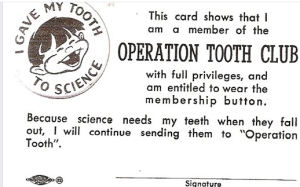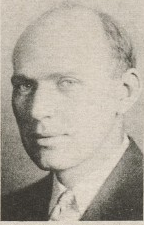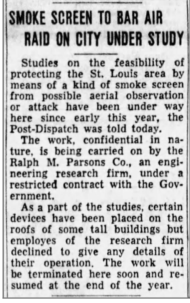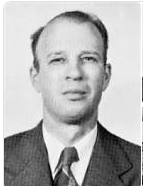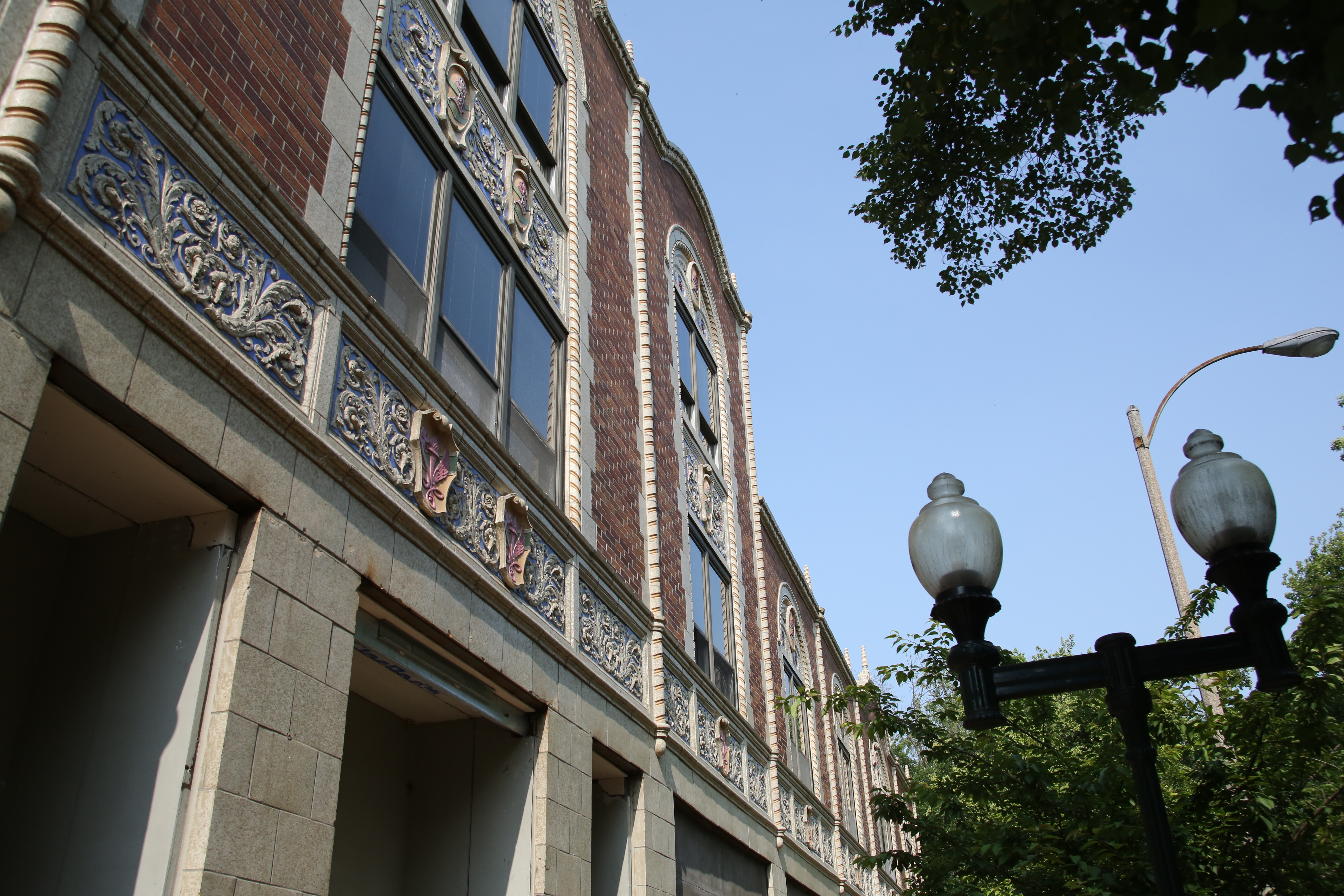How Bridgeton ended up spending $350,000 to build a new playground at the city’s radioactively-contaminated ball fields.

Bridgeton Mayor Terry Briggs and Missouri State Sen. Brian Williams share in the ribbon-cutting on January 22, 2021 for the new $350,000 playground located at the radioactively-contaminated Bridgeton Municipal Athletic Complex.
Bundled against the cold and appropriately masked, representatives of the St. Louis Community Foundation and Bridgeton Parks Department joined Bridgeton Mayor Terry Briggs and Missouri Sen. Brian Williams January 22 for the opening of the new $350,000 playground at the Bridgeton Municipal Athletic Complex.
In his remarks at the dedication ceremony, Williams praised the city’s generous expenditure. “This playground opens up even more opportunities for families to enjoy community and get fresh air,” Williams said. “This is a community with its eye on the future, where families can live and play safely because this city invests in its people.”
Unfortunately, the senator omitted inconvenient details such as the radioactively contaminated soil at the site.
The city of Bridgeton paid for the playground with a grant from the Bridgeton Landfill Community Project Fund, which was set up in 2018 to dole out the multi-million-dollar settlement agreed to by the state of Missouri and Republic Services for the trash company’s environmental violations at the nearby West Lake Superfund site, which is also contaminated with nuclear waste dating back to the Manhattan Project.
As a part of that unprecedented deal, the office of then-Missouri Attorney General Josh Hawley — acting on behalf of the Missouri Department of Natural Resources — handed over $12.5 million to the St. Louis Community Foundation, a private charity. Under the terms of the agreement, the private foundation has sole responsibility for distributing public funds to eligible, non-profit community organizations within four miles of the landfill.
The state senator’s decision to focus his remarks on the future is understandable. But his optimistic vision turned a blind eye on BMAC’s dark past, omitting any reference to hazardous materials at the site.
The complicated history related to the city’s ownership of the property dates back more than a half century, when Bridgeton purchased the land from an investment group headed by the owner of B&K Construction, the same company that illegally dumped tons of radioactively-contaminated soil at West Lake Landfill.
A decade ago community activists began raising concerns over the potential risks posed by children playing ball at BMAC, citing its toxic link to the nearby landfill. This created tensions between some residents and Bridgeton city officials, who claimed there was no cause for alarm.
Ultimately, the EPA acted as the arbiter of the dispute and sided with city officials, reassuring the public that there was no cause for alarm.
In 2014, EPA Region VII administrator Karl Brooks held a press conference at Bridgeton City Hall with then-Mayor Conrad Bowers to advise the public that their fears were unwarranted. Brooks based his conclusion on test results that had yet to be released. He blamed the press for causing a panic, and said that the agency’s calculations were based on science.
But EPA documents later released under the Freedom of Information Act reveal Brooks’ comments were deceptive. The internal agency emails indicate test results cited by Brooks to bolster public confidence were themselves questioned by an EPA official days before Brooks’ pronounced the ball fields safe.
Cecilia Tapia, director of Environmental Sciences and Technology for EPA Region 7, cited differing action levels for radioactive isotopes and advised her colleagues that they should consider swapping one standard over another. Internal EPA emails released under the Freedom of Information Act show that
In her email message, Tapia cited the EPA’s supplemental feasibility study’s “action levels,” but added this caveat: “It may be more appropriate to use the SLAPS numbers.”
Using one set of numbers instead of the other could have effected the EPA’s decision on BMAC.
SLAPS is the acronym for the 21.7 acre St. Louis Airport Site, a radioactively-contaminated property originally under the control of the U.S. Department of Energy. In 1997, that clean up was handed over to the U.S. Army Corps of Engineers, which has authority over it and other sites in the St. Louis area through the DOE’s Formerly Utilized Site Remediation Program (FUSRAP).
DOE’s permissible levels are generally stricter than the EPA’s corresponding standards.

EPA official Cecilia Tapia
Tapia’s comment is subject to interpretation, but any way it’s sliced the numbers cited in the related email chain among EPA contractors and agency officials show one undeniable fact: The EPA had verified through its own testing that there were radiation levels of concern at BMAC, but then acted to downplay the significance of its own findings.


